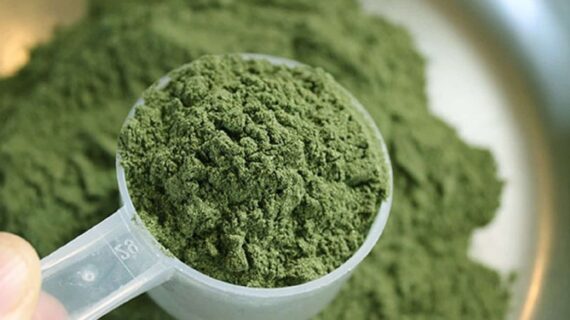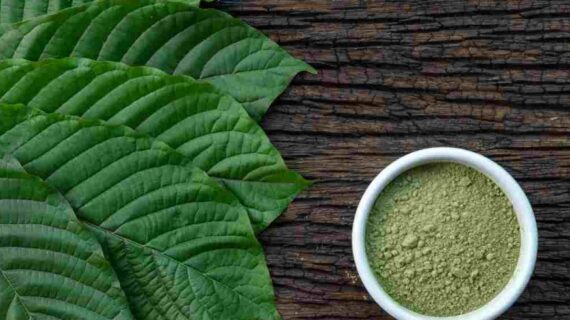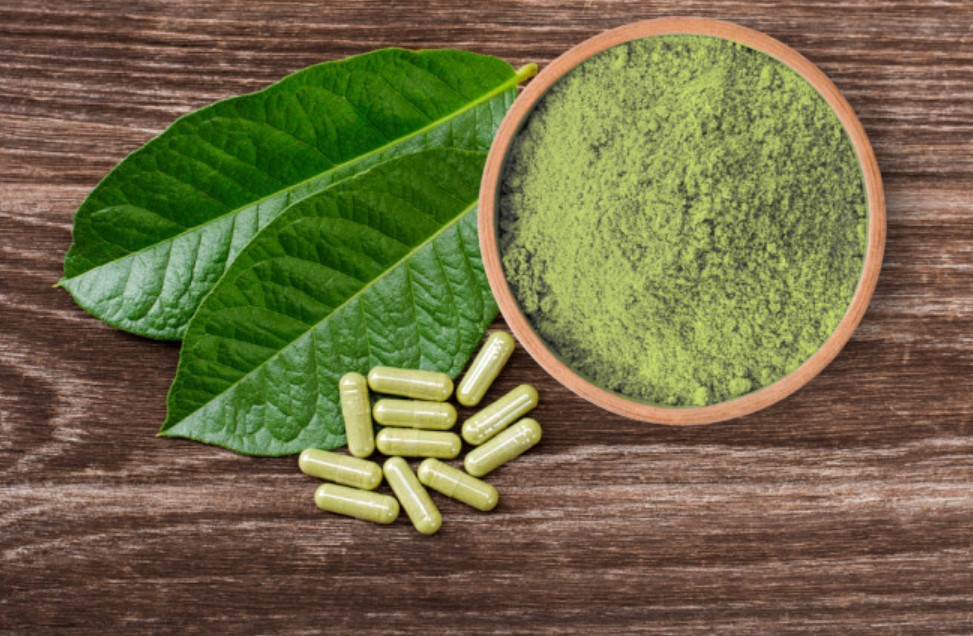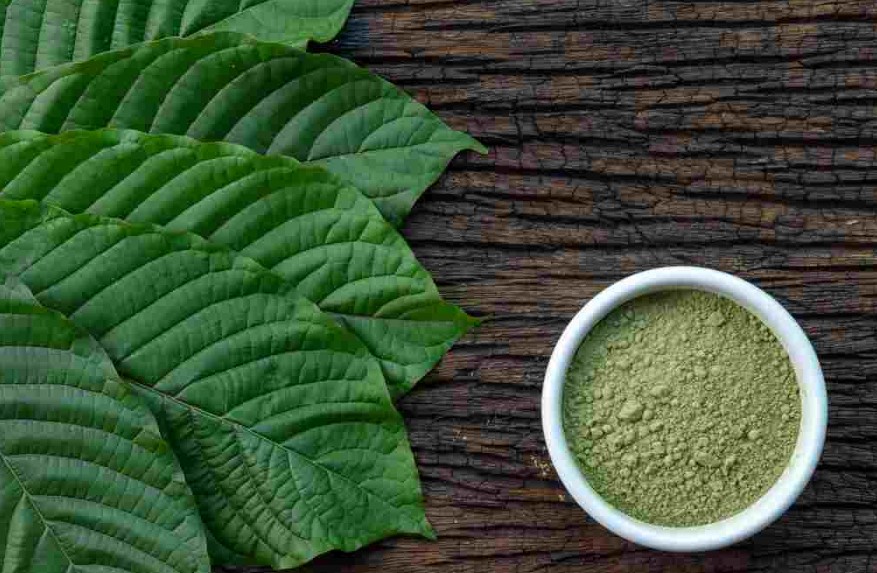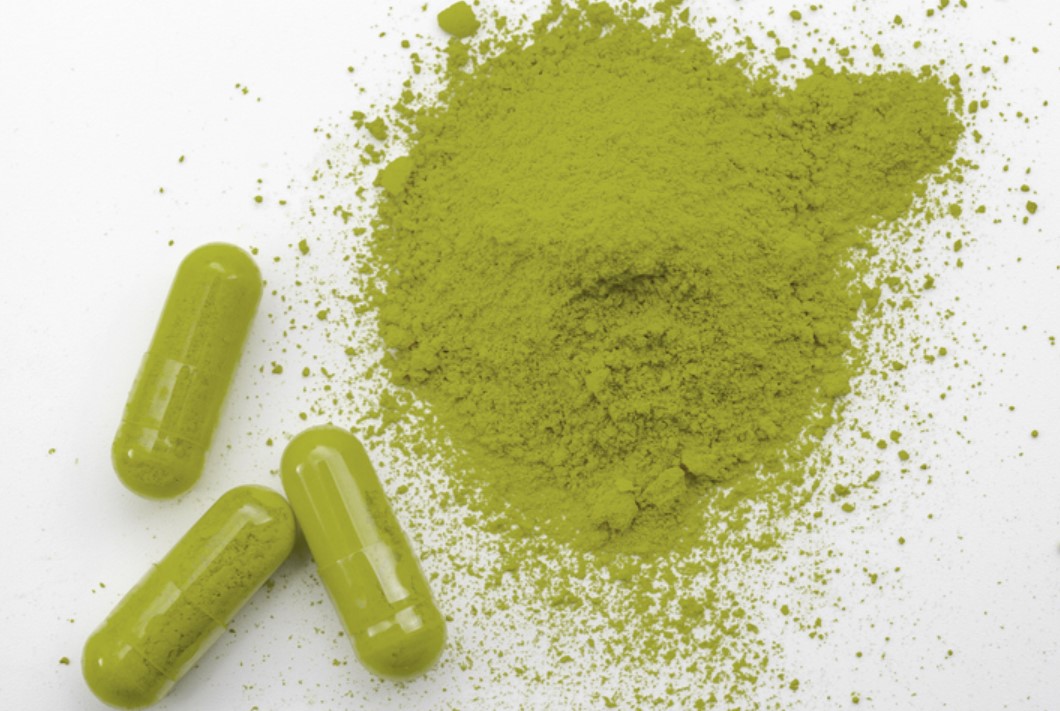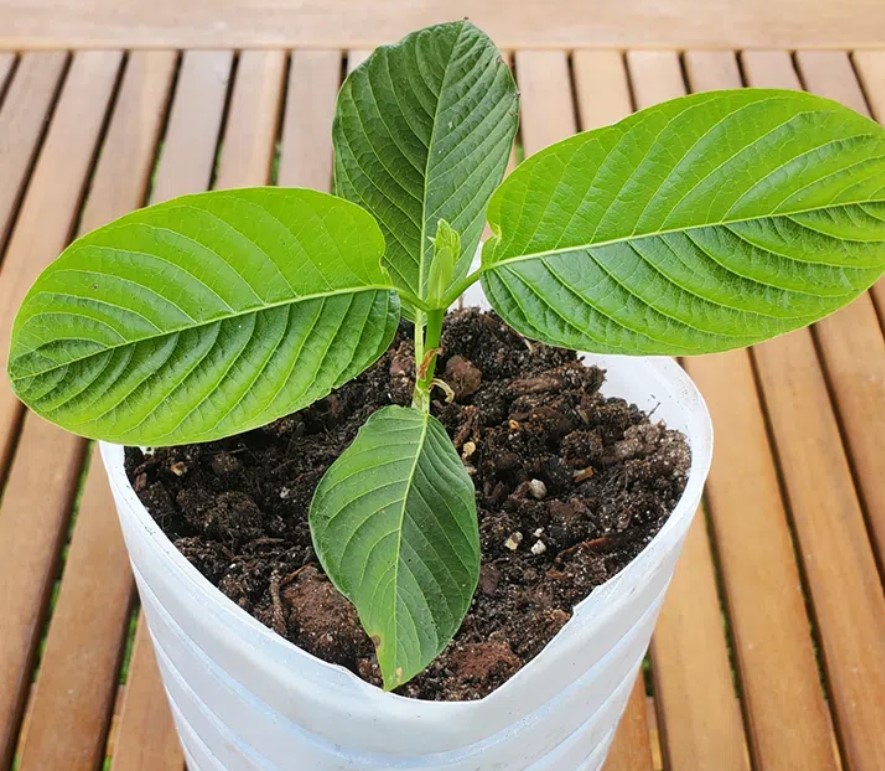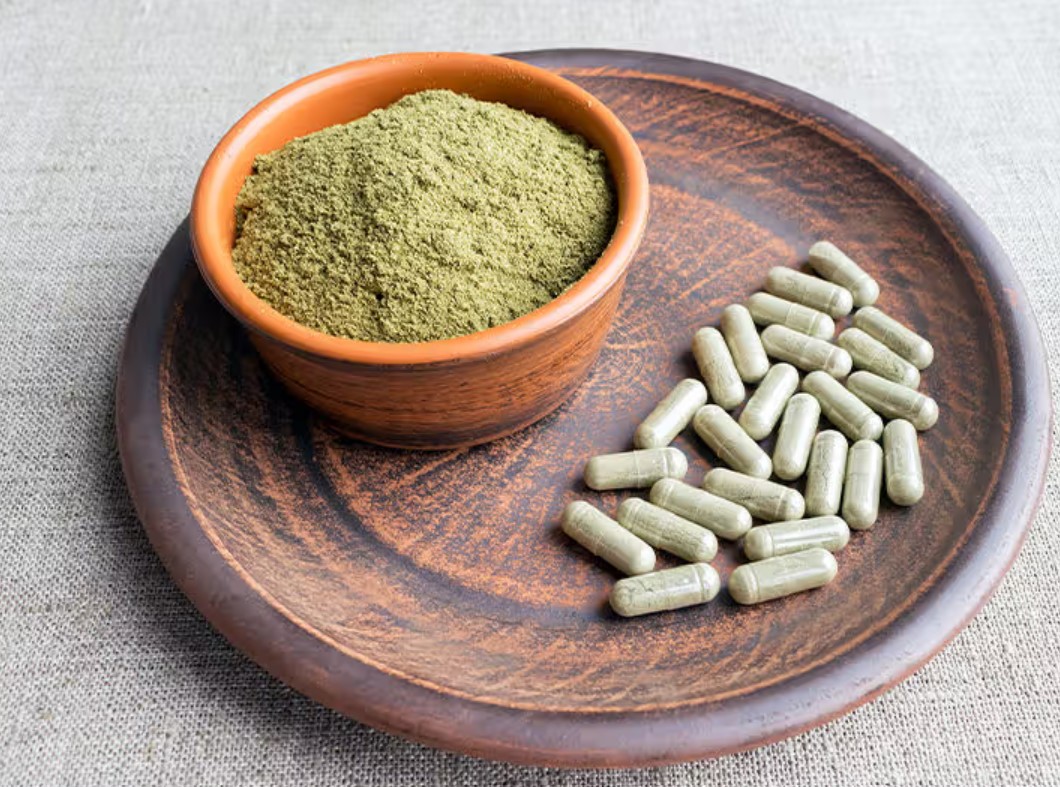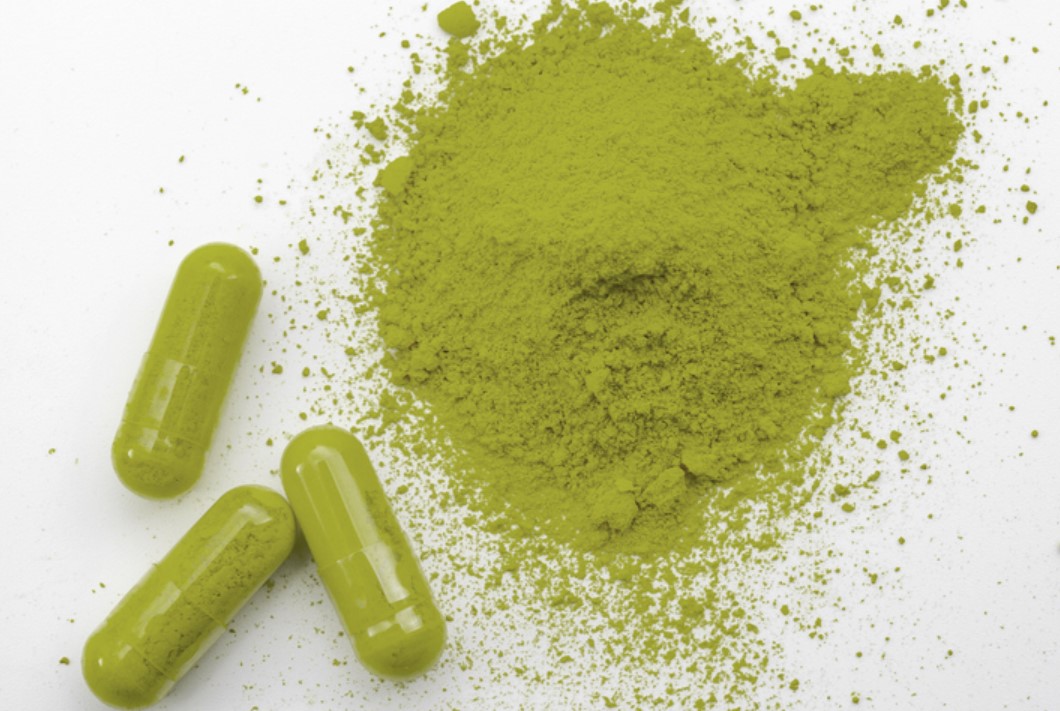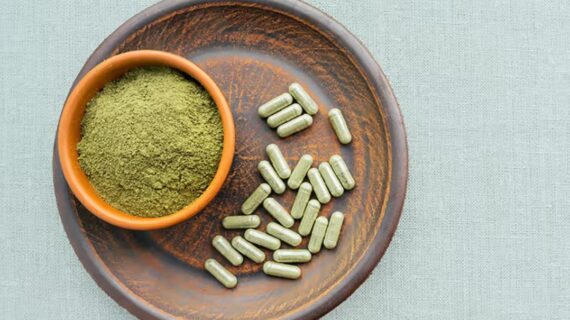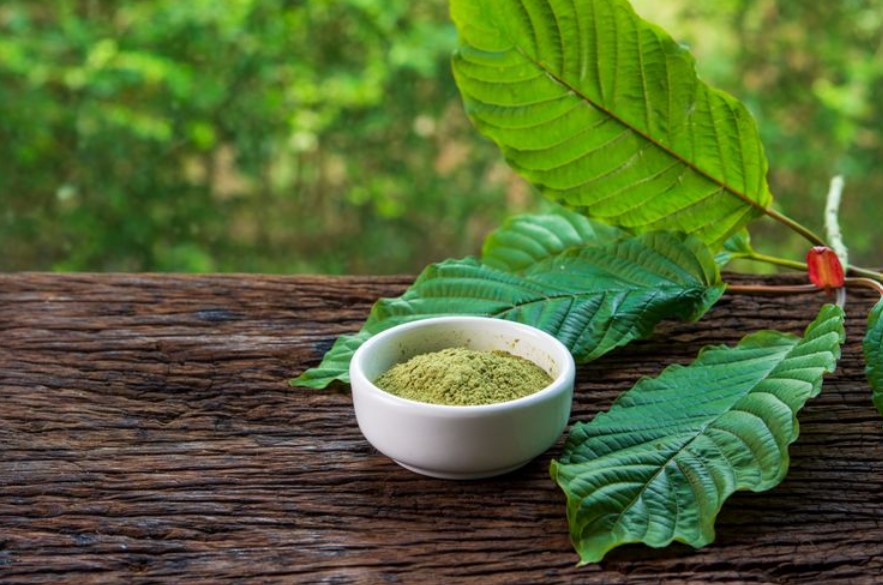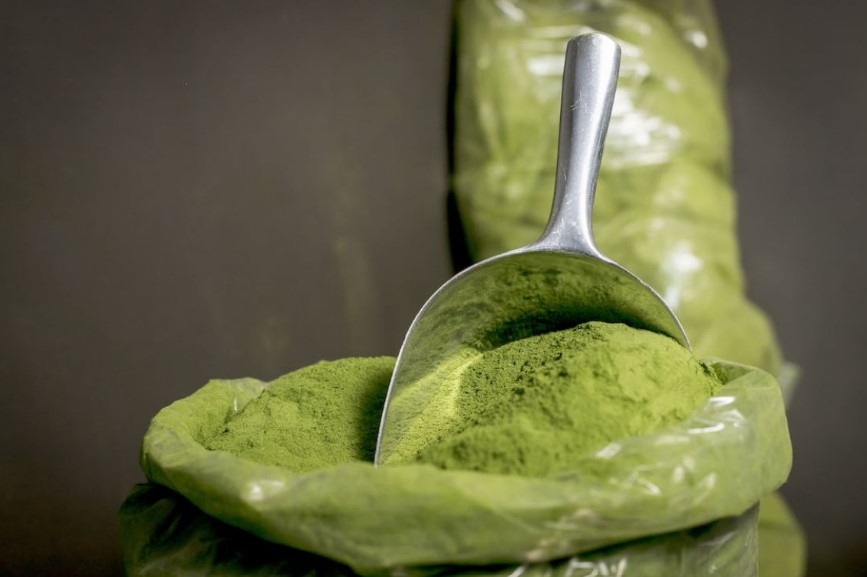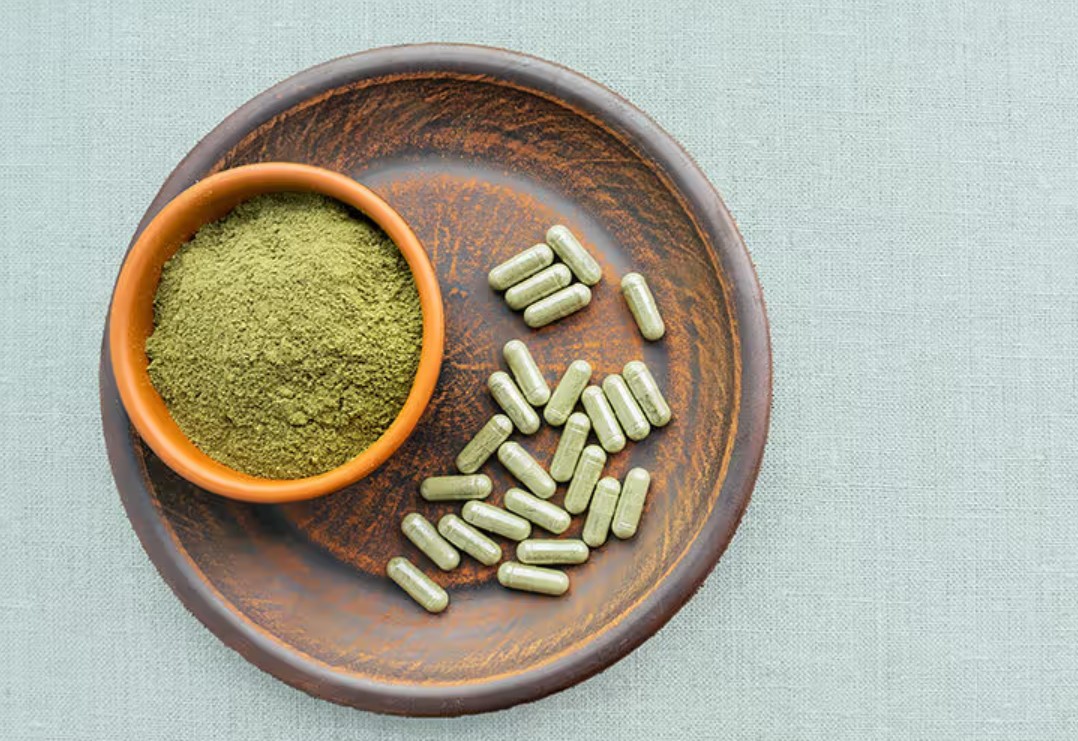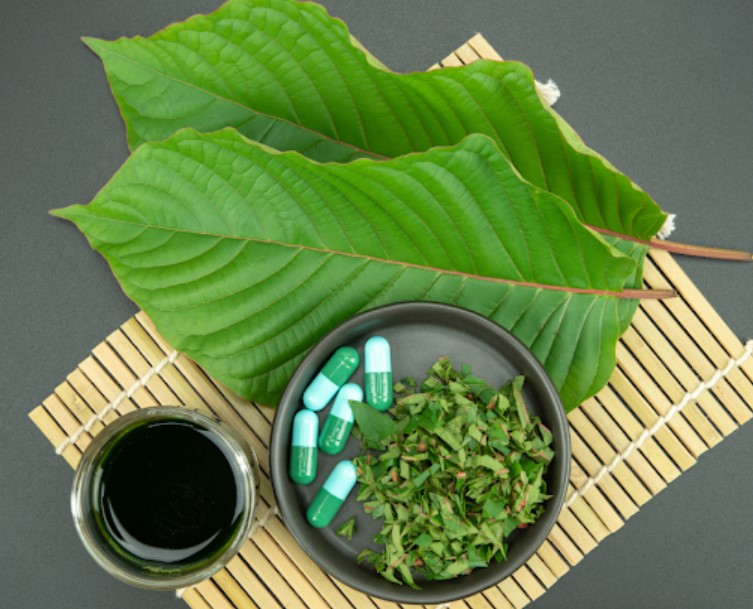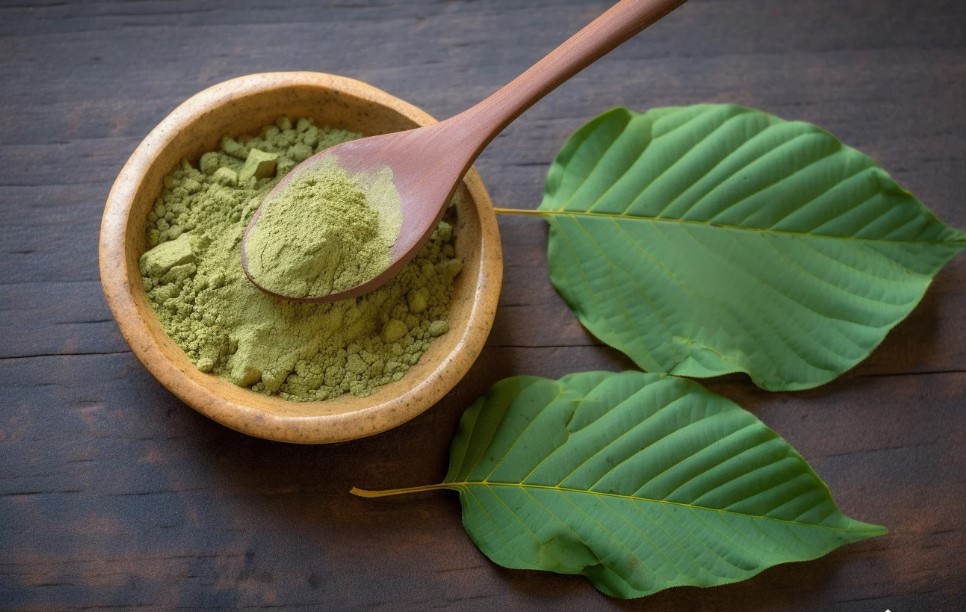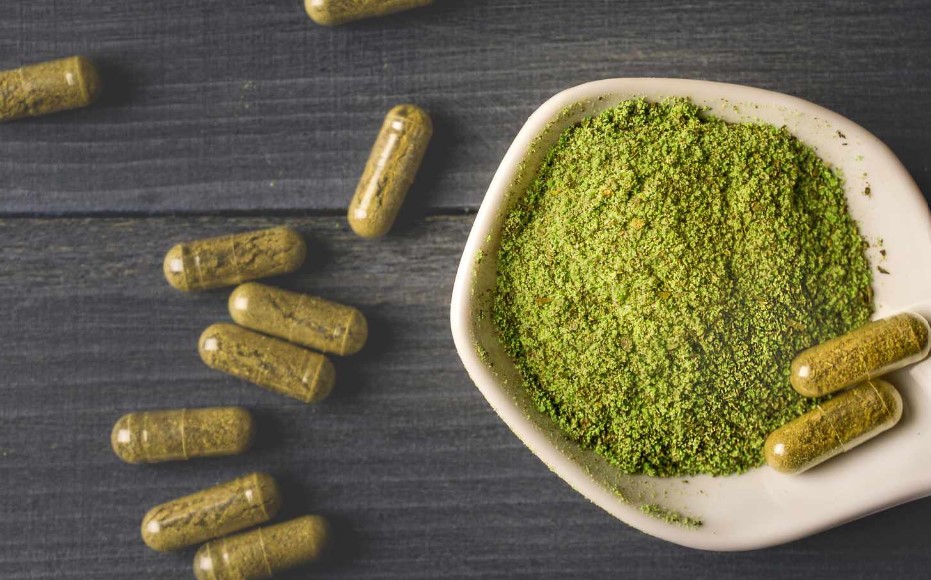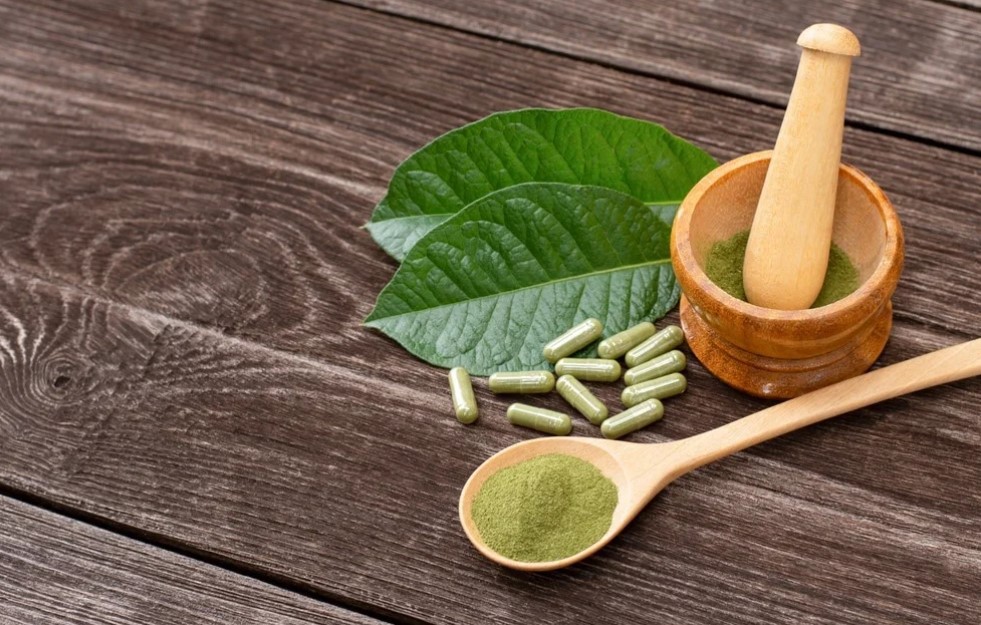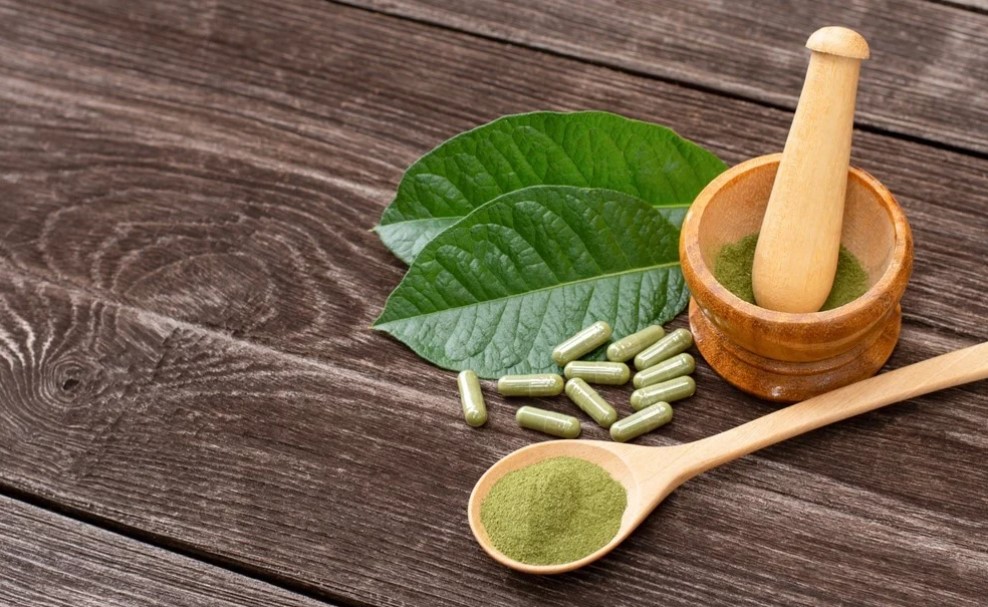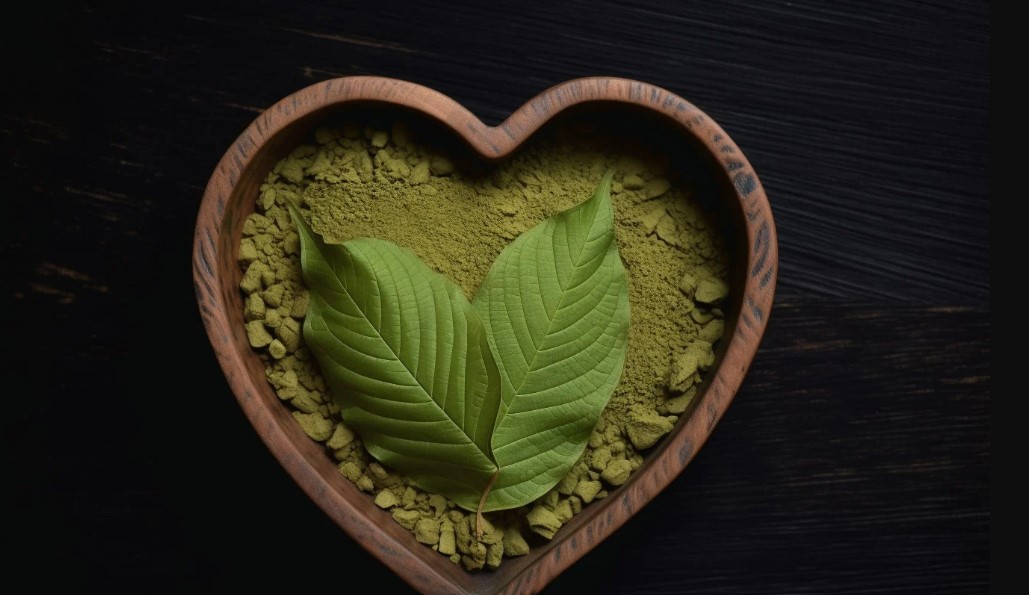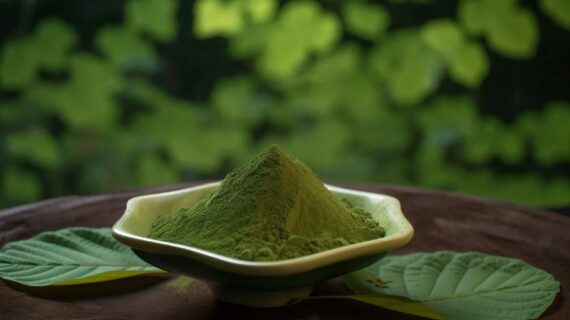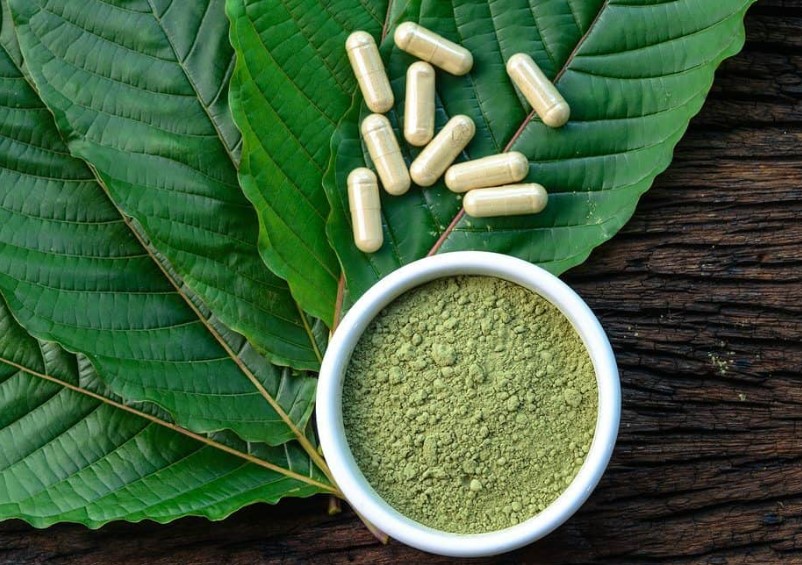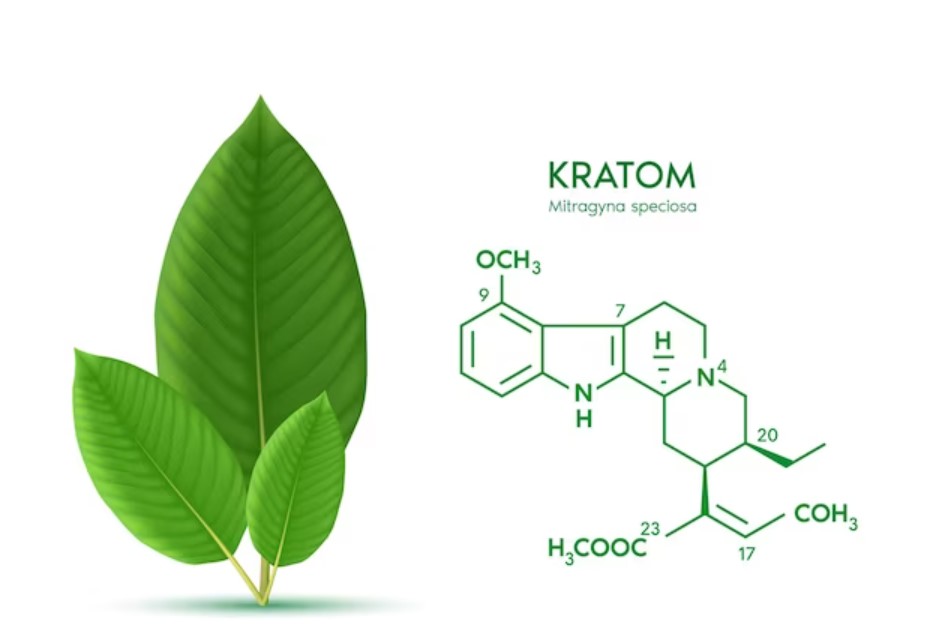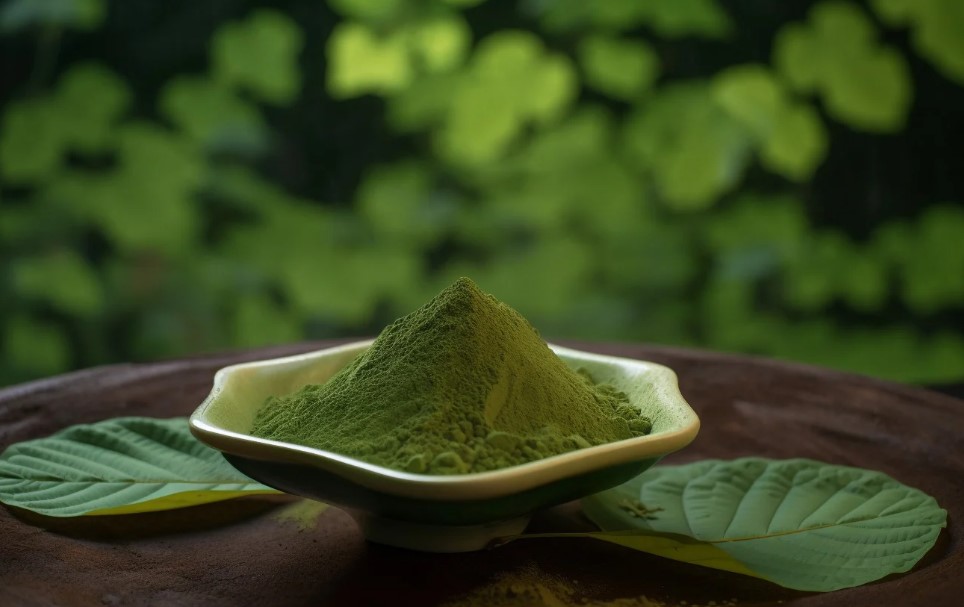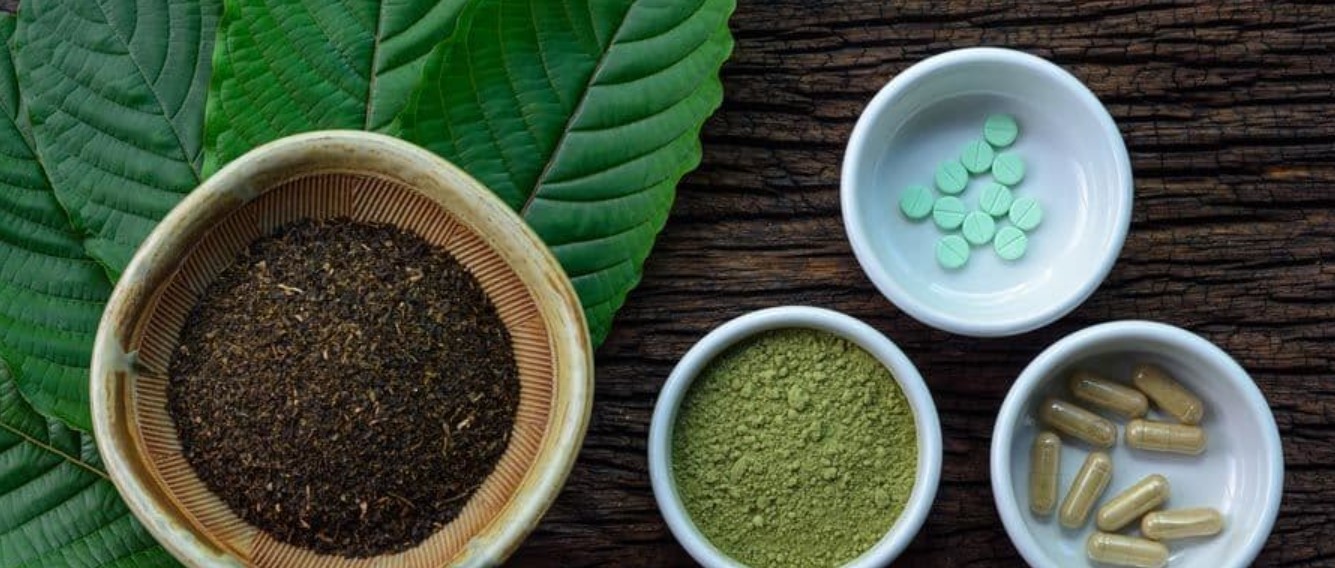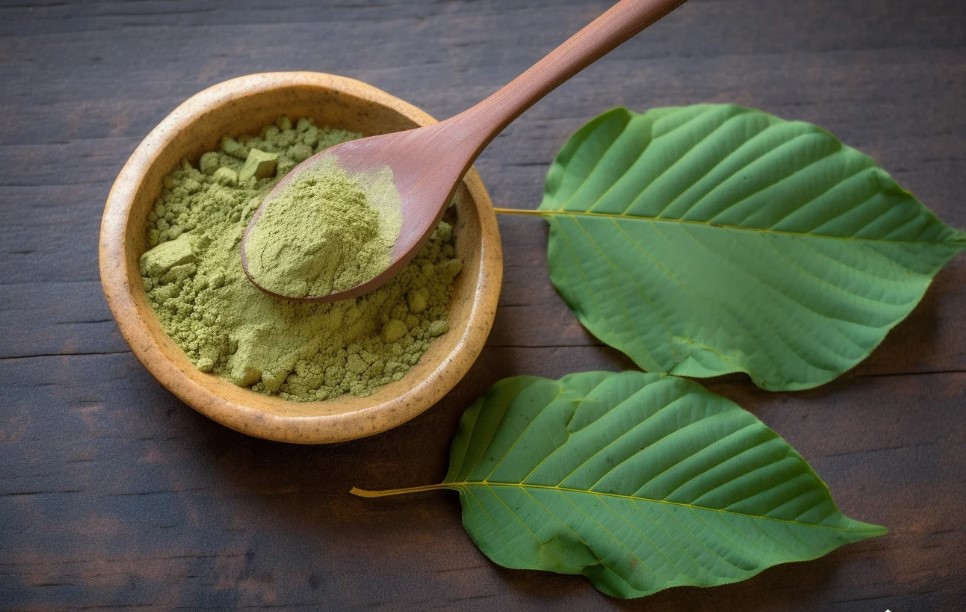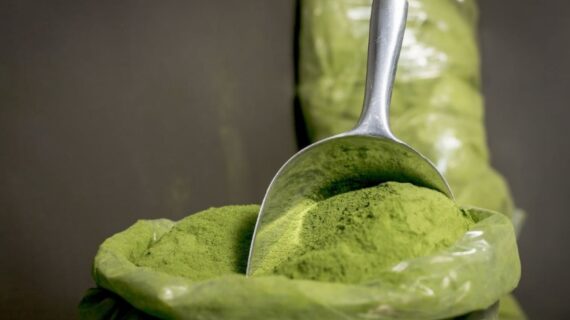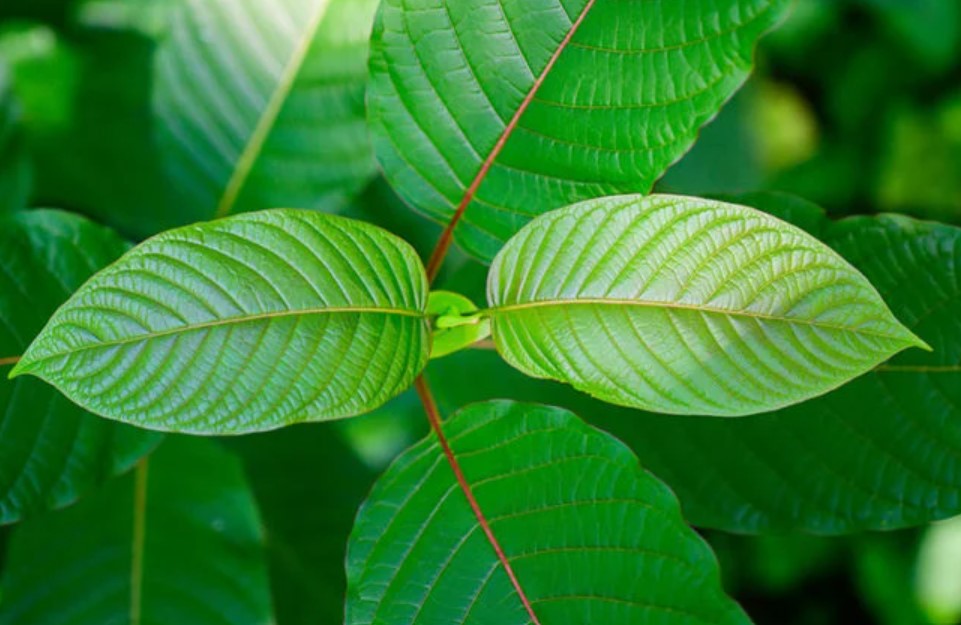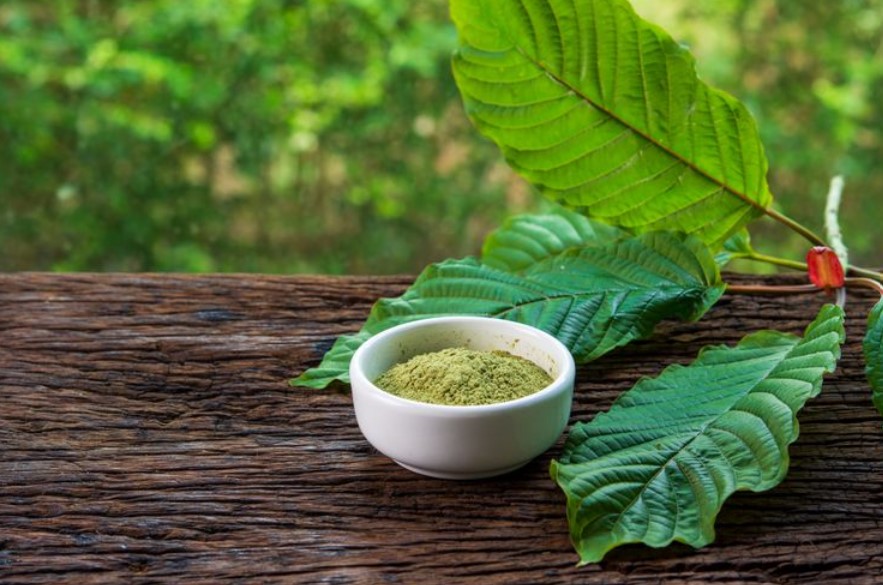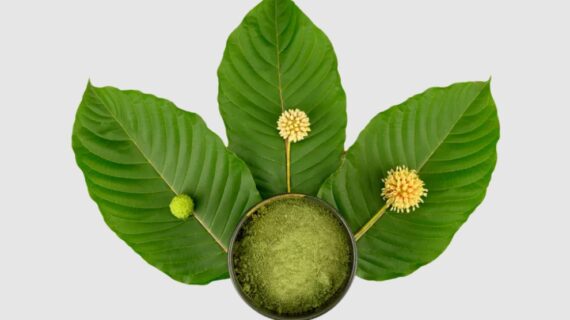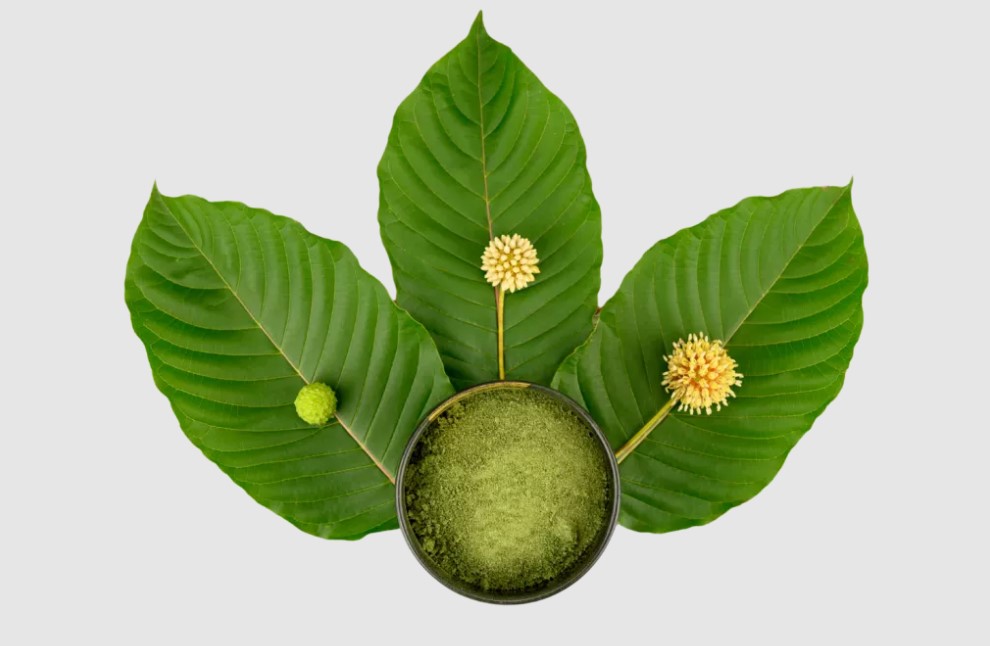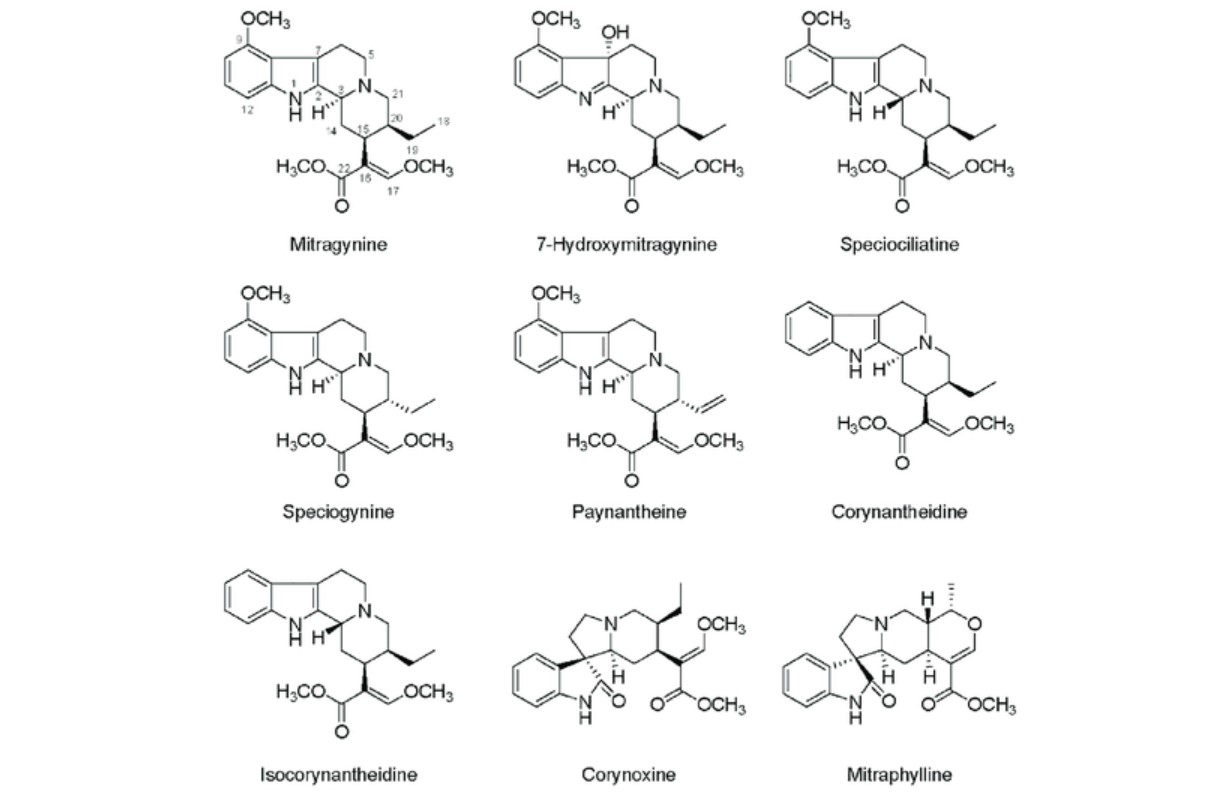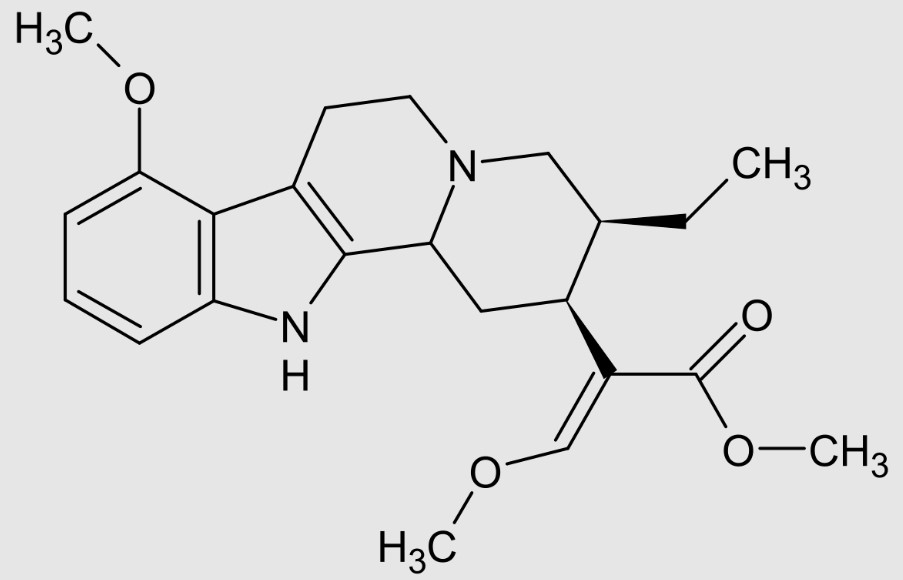There has lately been much focus on kratom, a natural botanic substance obtained from the leaves of the Mitragyna speciosa plant indigenous to southeastern parts of the world.
Critics are concerned with its safety, possible therapeutic effects as well as its legality, while others claim that it has potential therapeutic impacts.
This article comprehensively considers health impacts of kratom usage as well as related safety issues.
The plant called Mitragyna speciosa is popularly referred to as kratom and is native of Southeast Asia where it has been used in various forms including raw and ground for centuries due to its pain-killing effect and stimulative quality.
Its forms include leaf, powder, capsule, and extract of which it is commonly drunk as tea or swallowed directly.
In the last ten years, kratom has become increasingly popular in Western nations, being called as a substitute for pharmaceutical analgesics and curative of different diseases including chronic pain, tensions and opiate dependence syndrome.
However, it is equally important to note that there are questions about the safety of alcohol as a medicine, addiction and health issues.
In order to ascertain the degree of safety of kratom, it becomes imperative to scrutinize present scientific facts, assess their medical implications, and determine the possible adverse outcomes that might come as a result of its intake.
The Chemistry of Kratom
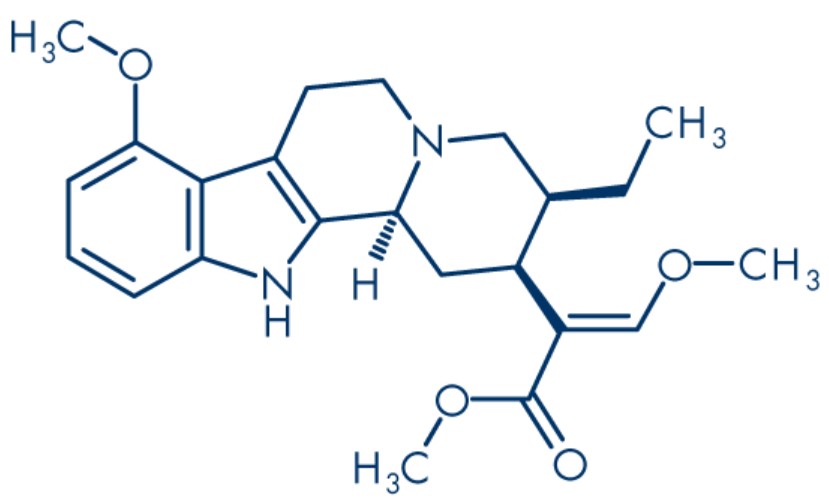
Kratom has several bioactive compounds; the most important among them is mitragynine and 7- hydroxy mitragynine.
They bind on the opiate receptor in the brain that gives the same feel as morphine and codeine.
Yet, kratom’s pharmacology is complicated, and its modes of operation remain unclear.
The Mechanism of Action
Mostly affects mu-opioid receptors giving pain relief and making one feel good. On the other hand, 7-hydroxymitragynine binds with these receptors better and increases the strength of Kratom.
Opioid receptors activation gives way to relieve of pains, enhanced mood as well as sedation.
Kratom also affects other neurotransmitters like dopamine and serotonin, that regulate emotions and give rewards.
Potential Therapeutic Uses
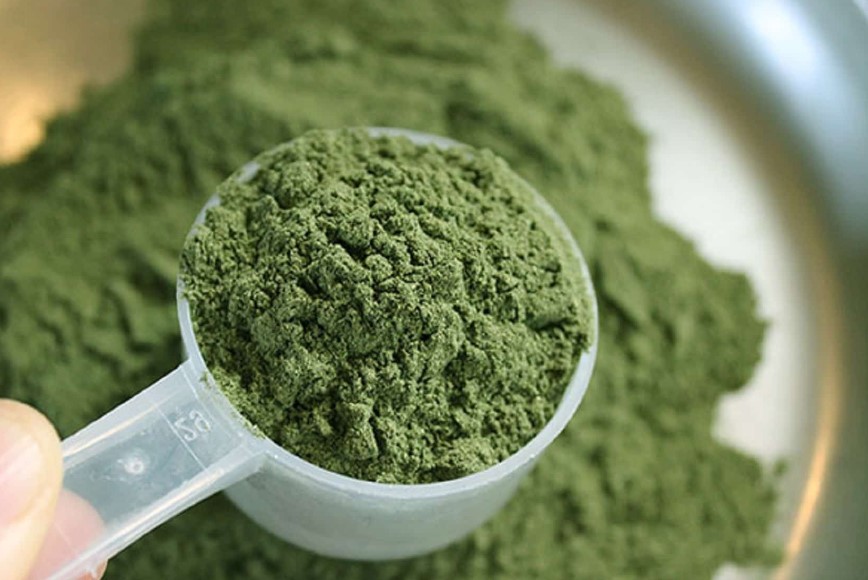
Pain Management
Pain relief is indeed a common reason for kratom consumption. Some user claims indicate that kratom may give an excellent relieve from chronic, musculoskeletal, or neuropathic pain.
Nevertheless, further studies are required to appreciate these effects in detail as well as establish an adequate dose to relieve pain.
Opioid Withdrawal
Kratom has been used extensively as an agent that assists one overcome opioid dependence or withdrawals.
Kratom has been used by certain people as an alternative remedy against symptoms of opioid withdrawal like craving or withdrawal pain. Nevertheless, the safe nature of kratom is still questioned despite these findings.
Mood Enhancement and Anxiety Reduction
Some individuals also use kratom for its euphoriant and anxiolytic qualities. Kratom users often experience lowered stress levels and decreased anxiety, which ultimately improves their moods and makes them feel more social.
Though these effects can appear compelling, there is a danger of using kratom above the limits specified in this article.
Safety Concerns
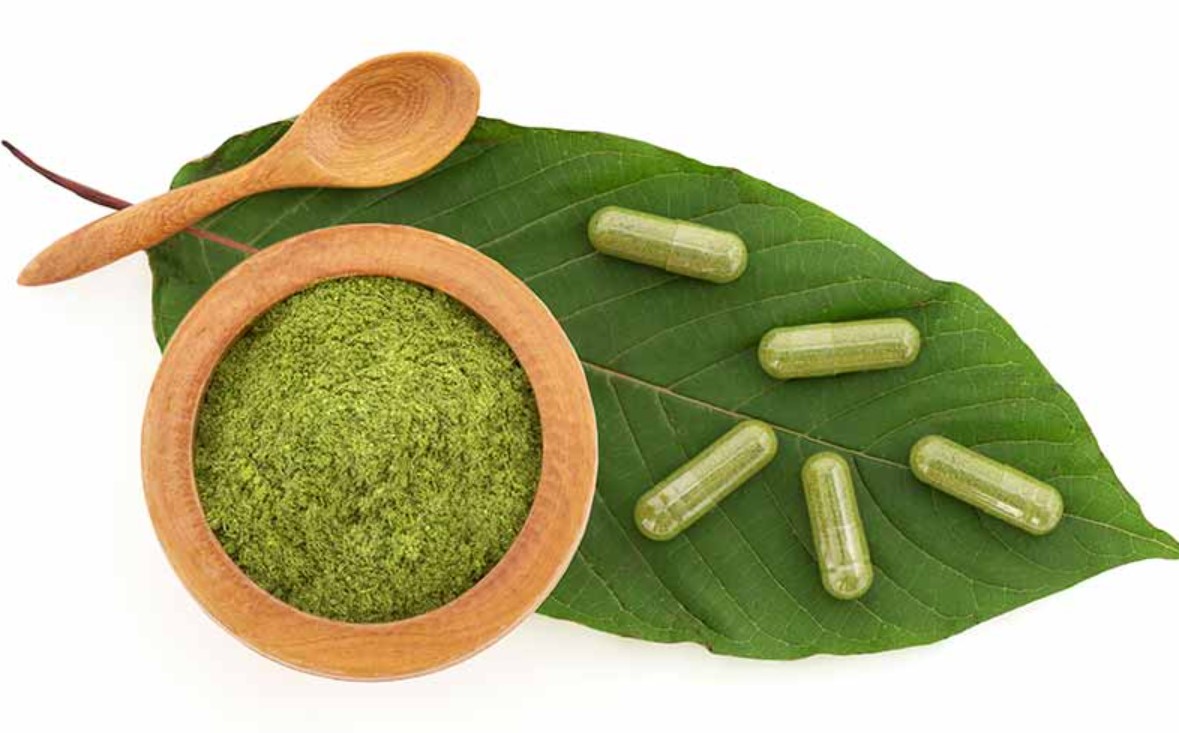
Lack of Regulation
The biggest security worry related with the use of kratom is that it has no proper regulations and standards when produced or sold.
Kratom products are often sold without standardized purity and potency, unlike pharmaceutical drugs that normally undergo thorough testing and quality control.
The inconsistency of this aspect creates difficulties in the continuous appraisal of kratom’s safety.
Adverse Effects
Although some people say they receive health benefits from kratom, more and more reports are being recorded on the negative impacts of its use.
These commonly reported adverse effects include feeling ill, throwing up, having constipation, and being dizzy, respectively.
Kratom has some minor side effects such as mild nausea at lower doses and at higher doses or frequently it can produce respiratory depression, addiction and even deaths in certain instances.
Potential for Dependence and Addiction
There are also concerns raised regarding kratom use and dependency. Prolonged usage of kratom leads to addiction since kratom interacts with opioid receptors in the brain, eventually leading to dependency both physically and mentally.
Such is withdrawal syndrome that may result in users wanting to stop using kratom as they undergo a similar process as that of opioids withdrawal.
Legal Status and Regulatory Challenges
Kratom’s legality differs between countries and in different parts of the same country. Kratom may be bought without any restrictions in certain districts while in other areas it has been prohibited altogether and in some other districts its sale has been controlled rigorously.
In addition, it is difficult to assess its safety because there is no regulatory consistency.
For instance, in 2016 the Drug Enforcement Agency (DEA) of the US temporarily listed kratom as a schedule I controlled substance only to reverse its decision following public upraise and demands for more evidence.
According to the information I have in September 2021, kratom’s legality in the U.S. is a matter for discussion.
The source and quality must be checked while studying kratom’s safety and its impact on health.
The selection of reliable kratom vendor remains an important component of safeguarding the intake of this herbal product.
The Need for Further Research
In order to comprehend properly how safe or beneficial kratom can be, well-conducted scientific studies are important. The researchers would need to look into the drug’s pharmacology, chronic effects and any potential hazards.
Dosing instructions should be established, while it’s efficacy should also be evaluated on different medical conditions through clinical trails.
Additionally, uniform standards and quality assurance mechanisms should be enforced in order to uphold the safety of kratom products accessible to users.
The chance of having adulterated products or contamination without proper surveillance is high.
Conclusion
It has quite a complicated pharmacology, which binds opioid receptor sites in the central nervous system.
Some users find it useful since it reduces pain, lifts up the moods, makes one relaxed, while others raise issues of dependence, addiction, and detrimental effects associated with its use.
Assessing the constant level of safety is also difficult due to unregulated production and distribution of kratom goods.
More research should be conducted to understand the exact mechanism by which kratom functions on a long-term basis and any possible risks involved.
However as the argument on kratom rolls on, consumers need to be careful when handling the drug because it has some side effects.
Patients seeking therapeutic use of kratom should seek professional advice, and understand the legality/illegality of kratom in their locality.
Some of these individuals can be very hard-hearted and may decide that an individual deserves to die because of committing
For this reason, only by conducting robust scientific research and responsible legislation can we establish if kratom is a safe and efficient remedy for diverse health disorders.
